The world's flying lizard
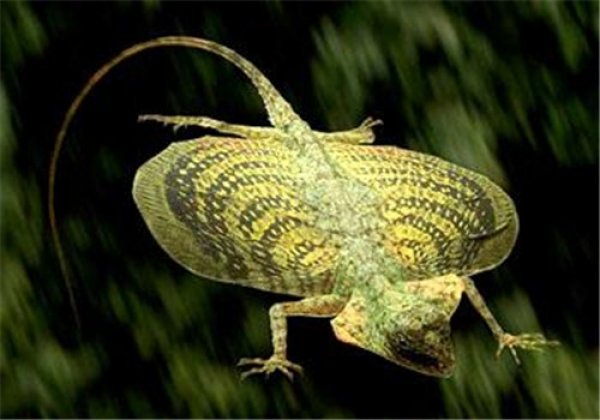
This lizard is called a flying lizard, and as the name implies, it is the only species in the lizard family that can fly. The flying lizard has a body length of less than 15 cm, a tail length of 1.5 times its body length, and a brown or gray body color, with males turning red, blue, and varying shades of yellow during the breeding season.
Flying lizard morphological characteristics
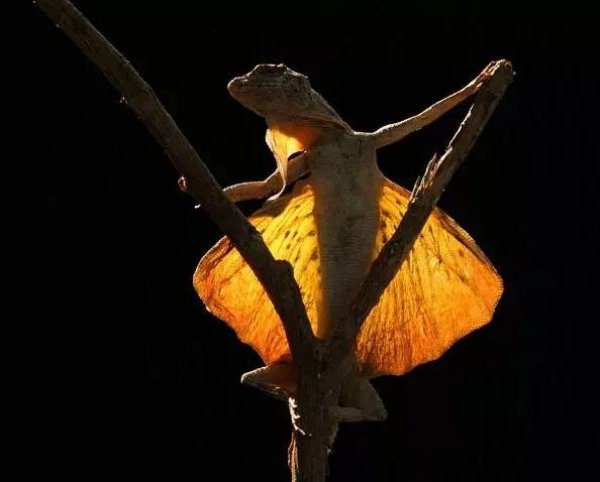
There are 41 species of flying lizards with small, elongated bodies that differ greatly in morphology from the common lizard. Their body coloration is long with 5-7 pairs of extended ribs supporting the pterygoid membrane, and they have a well-developed throat capsule and triangular lateral neck capsule on the head, and the pterygoid membrane supported by the helper bones on the side of the body, which can be spread to the sides for gliding. The coloration of the throat capsule and wing membranes varies from species to species.
Flying lizard habitat
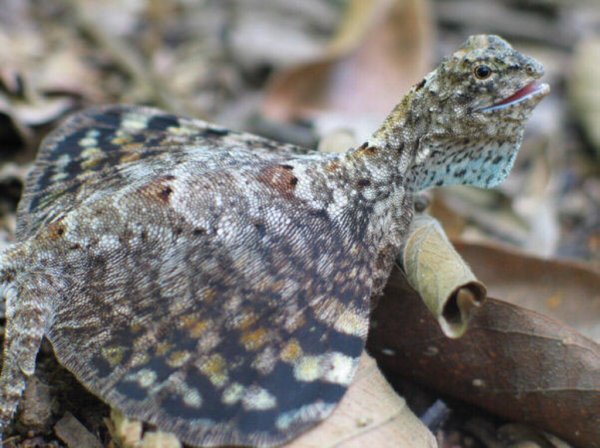
Flying lizards are mainly distributed in the tropical rainforests of South and Southeast Asia, and they can also be seen in Yunnan and Hainan in China, mainly producing two kinds of naked-eared flying lizards and spotted flying lizards. They often move around in the trees, rarely come down to the ground, and feed on insects. When the flying lizards are crawling or resting, the wing membranes are folded on the dorsal side of the body, and when they are gliding in the forest, the wing membranes will be unfolded outward.
Flying lizards in gliding condition
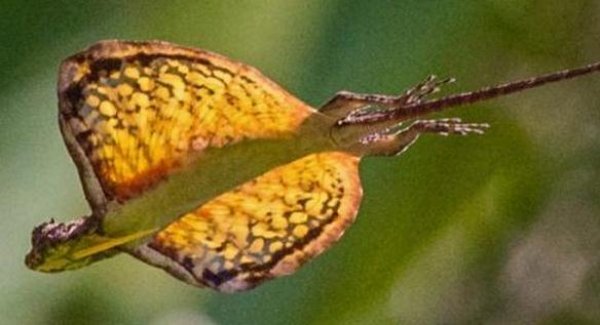
Flying lizards glide head down and glide from high up to down, and can change their gliding direction, with their forelimbs playing an important role in this process. When the flying lizards leap from the trees and prepare to glide, they will immediately retract their forelimbs and grasp the wing membrane and stretch it forward.
Popular Articles
-
How to train your arms more efficiently? 6 moves to help you get a good-looking arm line

-
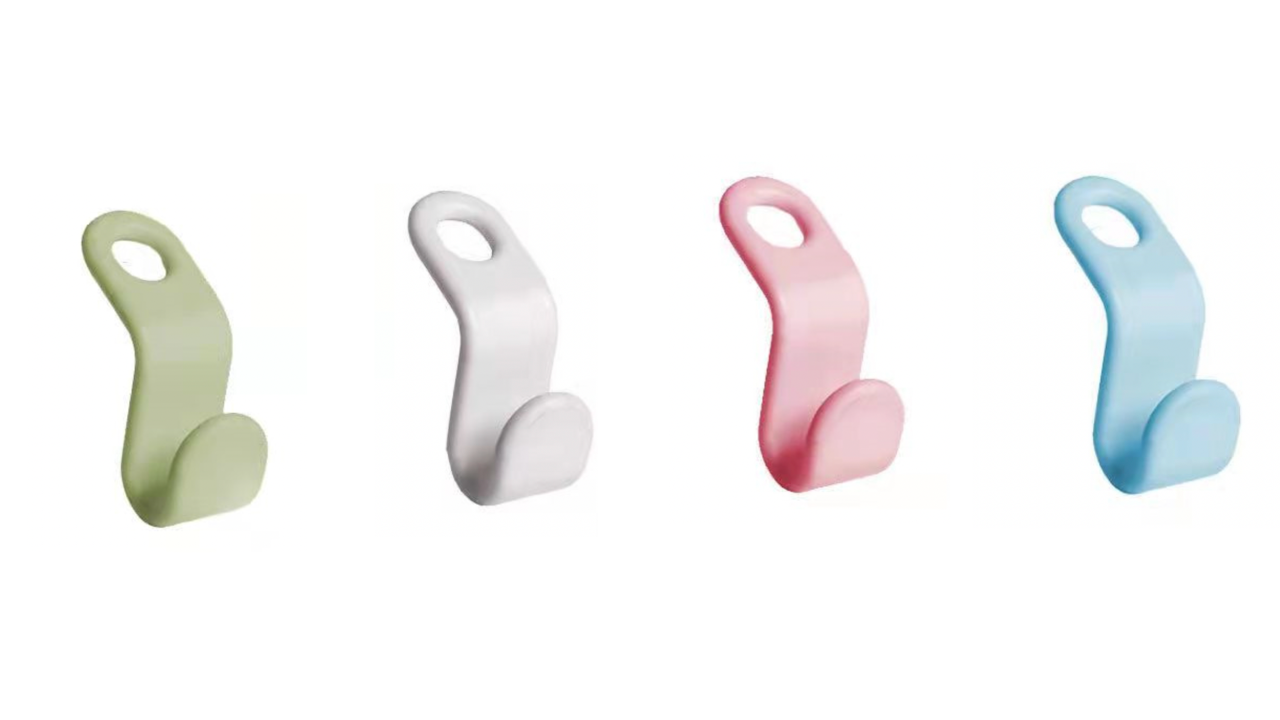 Allows you to hang more clothes in your closet
Allows you to hang more clothes in your closetJul 04, 2025
-
 The best drink in autumn Passion fruit lime honey drink
The best drink in autumn Passion fruit lime honey drinkJul 04, 2025
-
 4 effective back training exercises to help you have a more upright posture
4 effective back training exercises to help you have a more upright postureJul 04, 2025
-
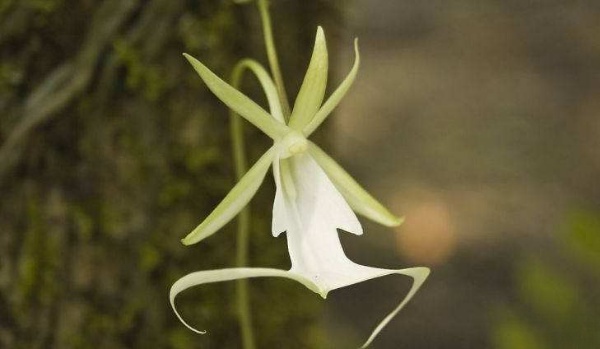 The world's rarest flowers: Ghost orchids
The world's rarest flowers: Ghost orchidsJul 04, 2025
-
 Working out and not working out are two completely different lives.
Working out and not working out are two completely different lives.Jul 04, 2025







Comments
0